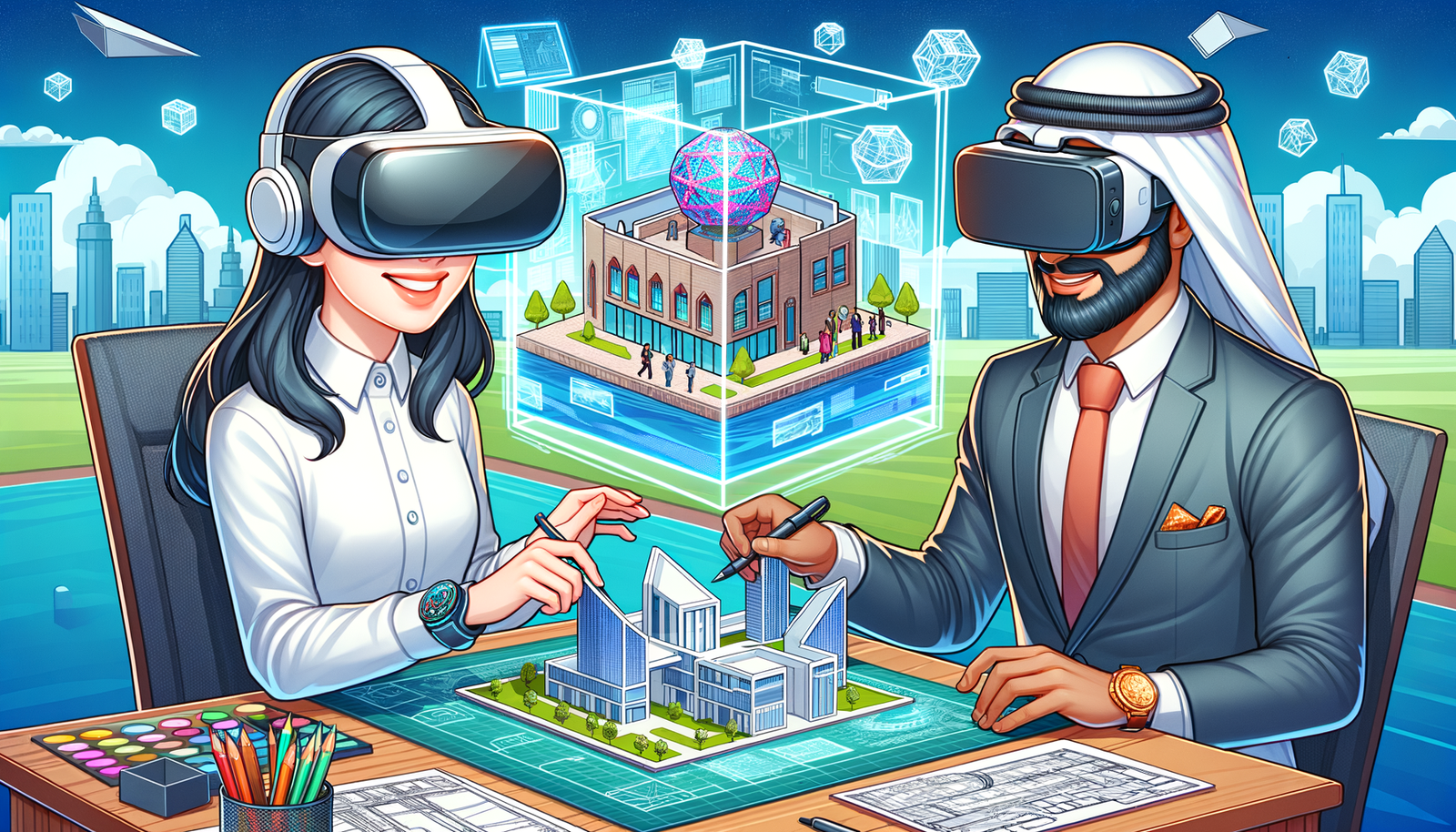Your Cart is Empty
Customer Testimonials
-
"Great customer service. The folks at Novedge were super helpful in navigating a somewhat complicated order including software upgrades and serial numbers in various stages of inactivity. They were friendly and helpful throughout the process.."
Ruben Ruckmark
"Quick & very helpful. We have been using Novedge for years and are very happy with their quick service when we need to make a purchase and excellent support resolving any issues."
Will Woodson
"Scott is the best. He reminds me about subscriptions dates, guides me in the correct direction for updates. He always responds promptly to me. He is literally the reason I continue to work with Novedge and will do so in the future."
Edward Mchugh
"Calvin Lok is “the man”. After my purchase of Sketchup 2021, he called me and provided step-by-step instructions to ease me through difficulties I was having with the setup of my new software."
Mike Borzage
Exploring the Impact of Virtual Reality on Architectural Design and Client Engagement
May 25, 2024 2 min read


Virtual Reality in Architecture: Immersive Design and Client Presentations
The advent of Virtual Reality (VR) technology has inaugurated a new era in the field of architecture, transforming the way architects conceive, develop, and present their projects. This innovative technology, characterized by its ability to create simulated environments, has evolved significantly since its inception. Its integration into architectural practices has proven to be a milestone, emphasizing the importance of immersive visualization in modern architectural endeavors.
Introduction to Virtual Reality in Architecture
Virtual Reality in architecture heralds a revolutionary shift from traditional design and presentation methods to a more immersive and interactive experience. This technology, which encompasses the use of VR headsets and software, enables architects and clients to step into virtual models of buildings before they are constructed. The historical context of VR traces back to the late 20th century, but its application in architecture has seen rapid advancement in recent years. The significance of immersive visualization lies not just in its novelty but in its capacity to provide a comprehensive understanding of spatial dynamics and architectural aesthetics prior to physical realization.
Design Process Enhancement through VR
The integration of VR into the architectural design process marks a significant leap towards efficiency, precision, and collaboration. VR technology facilitates a myriad of improvements in how architects approach design challenges.
- Enhanced spatial understanding and dimension perception allows for a more intuitive grasp of scale, distances, and relationships between different elements of a design.
- Immediate feedback and design iteration in a virtual environment enable architects to experiment and refine their ideas rapidly, reducing the time and resources spent on physical models.
- Collaboration among architects, designers, and stakeholders in a shared virtual space breaks down geographical barriers and fosters a more cohesive development process.
Client Presentations and Stakeholder Engagement
Virtual Reality has significantly transformed the landscape of client presentations and stakeholder engagements in architecture. By leveraging VR, architects can provide their clients with an unparalleled immersive experience.
- Offering immersive experiences helps clients visualize the final project in a way that flat drawings and 3D models cannot match, enhancing their understanding and satisfaction.
- Facilitating a better understanding of design concepts and materials through interactive virtual environments allows clients to make informed decisions.
- Allowing virtual walkthroughs provides a unique opportunity for stakeholders to experience spaces as they would in reality, leading to more effective feedback and decision-making.
Challenges and Future Directions
Despite the promising advantages of VR in architecture, several challenges hinder its universal adoption. Accessibility, costs, and the technical requirements for running sophisticated VR software and hardware are significant barriers. Moreover, the reliance on high-quality visuals and the need for constant technological updates pose additional challenges.
Looking into the future, developments in VR technology are poised to further revolutionize architectural design and presentation. Anticipated advancements include increased realism through better graphics and sensory feedback, the incorporation of interactive elements that allow users to modify the environment in real-time, and the integration with other technologies such as augmented reality (AR) and artificial intelligence (AI). These innovations are expected to not only enhance the architectural design process but also make VR more accessible and applicable across a wider range of projects.
Also in Design News

Design Software History: Constraint Solving in CAD: From Sketchpad to Modern Parametric Engines
December 31, 2025 12 min read
Read More
Intent-Aware Scan-to-BRep: Integrating LiDAR Point Clouds into Solid Modeling Pipelines
December 31, 2025 12 min read
Read More
Cinema 4D Tip: Hand-Painted Vertex Maps — Fast Workflow for Deformers, MoGraph, and Material Masks
December 31, 2025 2 min read
Read MoreSubscribe
Sign up to get the latest on sales, new releases and more …


